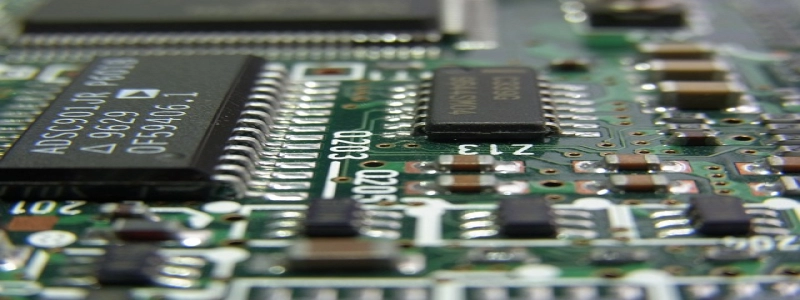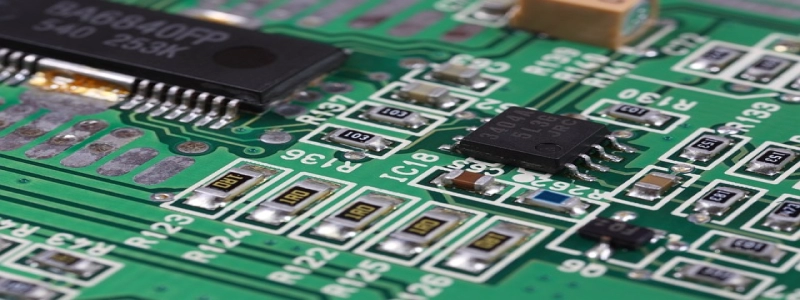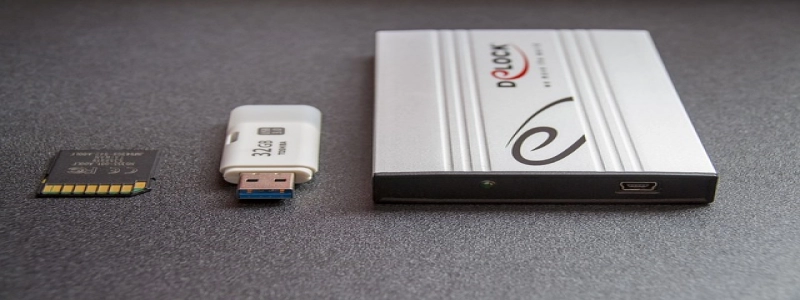Transmission Data Rate
I. Introduction
A. Definition of Transmission Data Rate
B. Importance of Transmission Data Rate in Communication
II. Factors Affecting Transmission Data Rate
A. Bandwidth
B. Signal-to-Noise Ratio
C. Distance
D. Error Control Mechanisms
III. Types of Transmission Data Rate
A. Baud Rate
B. Bit Rate
C. Throughput
IV. Calculation of Transmission Data Rate
A. Example Calculation
B. Formula for Calculating Transmission Data Rate
V. Techniques to Improve Transmission Data Rate
A. Increasing Bandwidth
B. Using Advanced Modulation Schemes
C. Reducing Noise Interference
D. Employing Forward Error Correction
VI. Application of Transmission Data Rate
A. Internet Connection Speed
B. Digital Television Broadcasting
C. Wireless Communication Systems
VII. Challenges in Achieving Higher Transmission Data Rates
A. Limitations of Physical Mediums
B. Interference and Signal Attenuation
C. Cost Constraints
VIII. Conclusion
A. Recap of Importance of Transmission Data Rate
B. Summarization of Factors, Types, and Techniques
C. Future Potential for Higher Transmission Data Rates
In this article, we will delve into the concept of transmission data rate, its importance in modern communication, the factors affecting it, different types, calculation methods, techniques to improve it, its applications, challenges faced in achieving higher rates, and conclude with a summary and potential future prospects.
I. Introduction
A. Definition of Transmission Data Rate
The transmission data rate, also known as the data transfer rate or the digital data rate, refers to the average number of bits or symbols that can be transmitted per unit of time over a communication channel.
B. Importance of Transmission Data Rate in Communication
In the era of rapidly advancing technology and digital communication, the transmission data rate plays a critical role in determining the speed and efficiency of data transfer. It affects the performance of various communication systems such as the internet, telecommunication networks, and wireless devices.
II. Factors Affecting Transmission Data Rate
A. Bandwidth
The available bandwidth of a communication channel directly affects the transmission data rate. A wider bandwidth allows for the transfer of more data per unit of time.
B. Signal-to-Noise Ratio
A higher signal-to-noise ratio results in better data transmission quality, thus enabling a higher data rate.
C. Distance
The distance between the transmitter and receiver can impact data transmission rate. As the distance increases, the data rate may decrease due to signal degradation or attenuation.
D. Error Control Mechanisms
The presence of error control mechanisms, such as error correction codes, affects the effective transmission data rate by requiring additional bits for error detection and correction.
III. Types of Transmission Data Rate
A. Baud Rate
The baud rate measures the number of signaling elements transmitted per second.
B. Bit Rate
The bit rate indicates the number of bits transmitted per second.
C. Throughput
Throughput refers to the actual amount of data received or transmitted over a communication channel in a given time period, accounting for any protocol overhead.
IV. Calculation of Transmission Data Rate
A. Example Calculation
To calculate the transmission data rate, divide the number of bits or symbols transferred by the time taken to transfer them.
B. Formula for Calculating Transmission Data Rate
Data Rate = Number of bits / Time taken
V. Techniques to Improve Transmission Data Rate
A. Increasing Bandwidth
Expanding the available bandwidth can enhance the transmission data rate as more data can be transferred simultaneously.
B. Using Advanced Modulation Schemes
Utilizing sophisticated modulation techniques, such as Quadrature Amplitude Modulation (QAM), allows for higher data rates by encoding more bits per symbol.
C. Reducing Noise Interference
Removing or minimizing external sources of noise interference helps maintain a higher signal quality, improving the transmission data rate.
D. Employing Forward Error Correction
Implementing error correction techniques, like Forward Error Correction (FEC), helps enhance data integrity without retransmission, thereby increasing the effective data rate.
VI. Application of Transmission Data Rate
A. Internet Connection Speed
The transmission data rate determines how quickly data can be downloaded or uploaded over the internet, affecting browsing speed and online activities.
B. Digital Television Broadcasting
Higher transmission data rates enable the broadcasting of high-definition (HD) and ultra-high-definition (UHD) content, providing superior visual quality.
C. Wireless Communication Systems
Wireless networks require efficient data transmission rates for seamless connectivity and fast media streaming on devices such as smartphones, tablets, and laptops.
VII. Challenges in Achieving Higher Transmission Data Rates
A. Limitations of Physical Mediums
The physical properties of transmission mediums, like cables or air, impose limitations on the achievable data rates.
B. Interference and Signal Attenuation
External noise sources and signal attenuation due to distance or physical barriers can affect the data rate, necessitating robust signal processing techniques.
C. Cost Constraints
Implementing technologies to achieve higher data rates often incurs additional costs, making it challenging to maintain affordability.
VIII. Conclusion
A. Recap of Importance of Transmission Data Rate
B. Summarization of Factors, Types, and Techniques
C. Future Potential for Higher Transmission Data Rates
In conclusion, the transmission data rate is a vital aspect in communication systems, as it directly affects the speed and efficiency of data transfer. By understanding the factors that influence data rates, employing effective techniques to enhance them, and overcoming the challenges faced, we can continue to improve transmission data rates and unlock new possibilities in the digital era.








